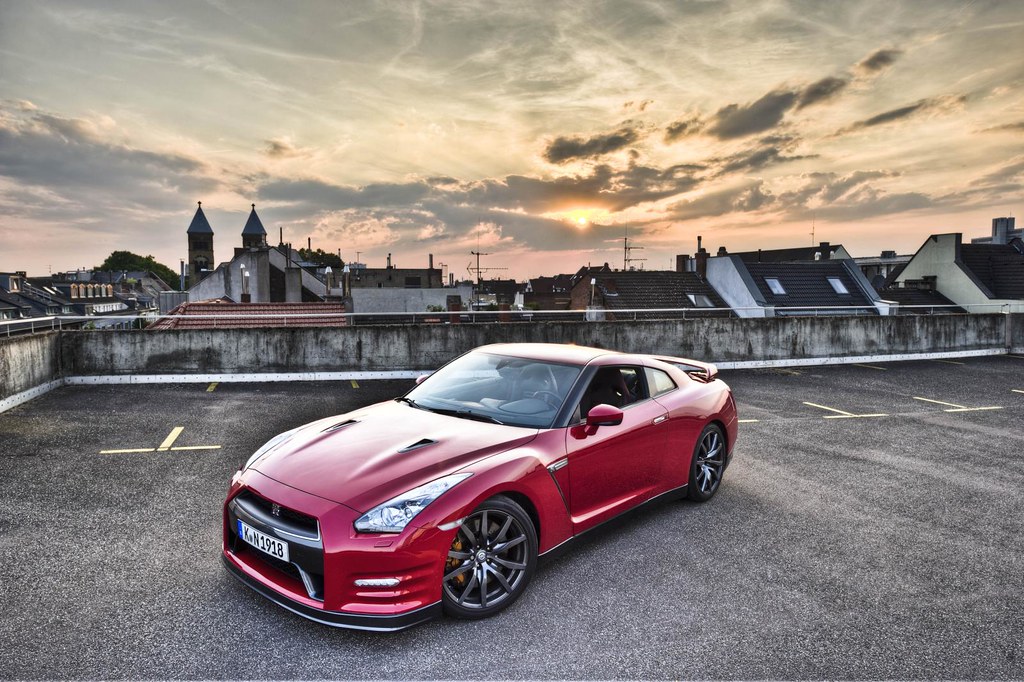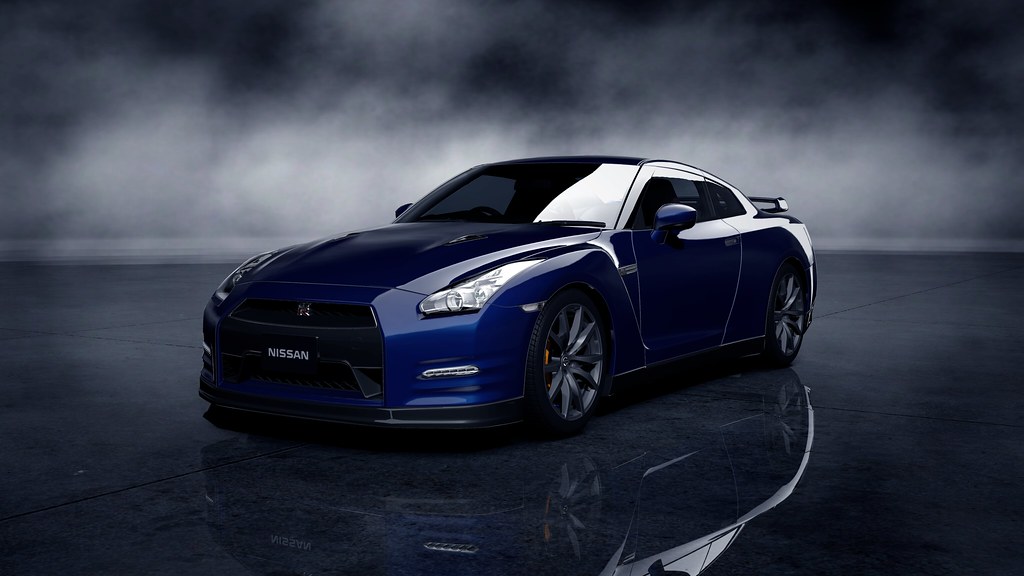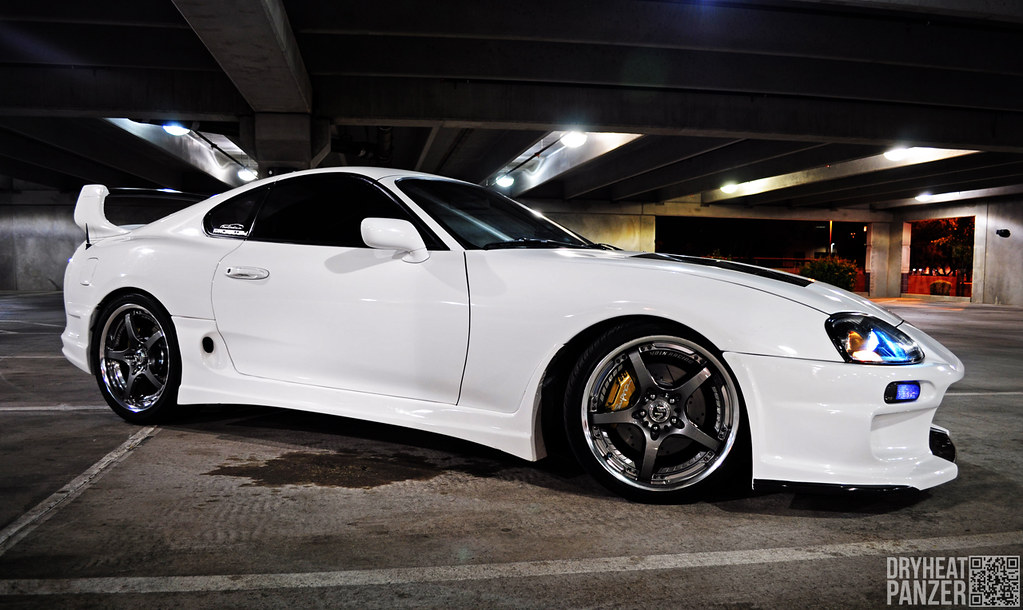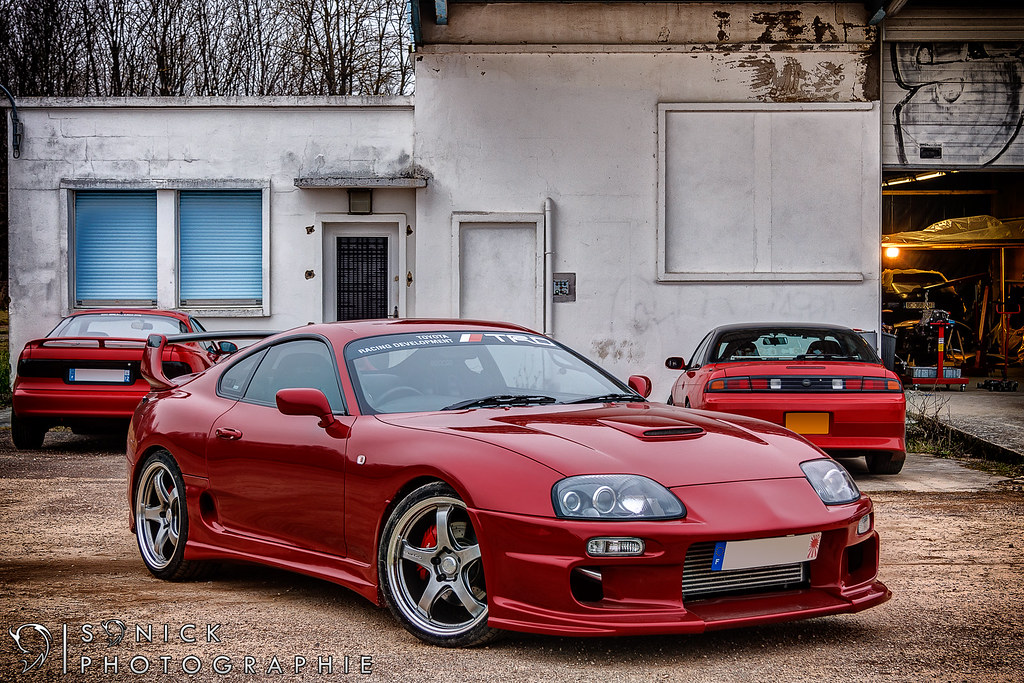Japanese Kingdom
In this blog post we will be looking into the best of japanese vehicles. From GTR's to EVO's to fabulous Honda NSX and the Toyota Supra (which everybody loves regardless of the age)
MITSUBISHI LANCER EVO X
The Mitsubishi Lancer Evolution X is more sophisticated, involving and technologically-advanced than ever before. It incorporates every bit of knowledge Mitsubishi Motors has gained through creation of the previous nine generations of Lancer Evolution and from decades of competing successfully at the highest levels of international rallying.
Most importantly, Lancer Evolution X connects and interacts completely with the driver in all conditions, providing the very highest levels of driving pleasure to match its mighty performance.
And the legendary Evo X’s been tweaked to produce even more power than the old one. Special edition FQ-440 MR features include an ECU re-map, tubular Janspeed exhaust manifold, swollen HKS turbo, bigger intercooler - all help boost the turbocharged 2.0-litre four-pot to a huge 440bhp and 412lb ft. Still no manual ‘box though - it feeds all four wheels through a six-speed dual-clutch auto.
But it’s not just an exercise in power hoikery. It gets lowered suspension front and rear (that’ll save most owners their first job…), Alcon brakes all-round with six-piston calipers up front, new 18-inch BBS rims, Xenon lamps, and what the company calls ‘motorsport silicone’ window wipers



SUBARU IMPREZA
The new WRX STi is roomier than the old car – thanks to the wheelbase growing by 25mm, and the A-pillar base living 200mm further forward than on the previous generation. Subaru claims more legroom and shoulder room as a result, complimenting a cabin which the Japanese maker claims has seen a marked step up in quality. Given this car will compete with premium performance machinery like the Audi S3 Sportback and BMW M135i, that’s a key area where the STI needs to up its game. Phrases like ‘carbon effect trim’ in the press material don’t fill us with confidence, mind…
Of course, those damned German rivals are fine steers too, but Subaru reckons the new WRX STI (oh how we long for that Impreza badge again) can hold its own. Modifications like a reinforced steering gearbox mount and comprehensively retuned spring and damper rates are supposed to kill the two birds of refinement and fun handling with one stone. We’ll be the judge of that when we get behind the wheel this summer. Your £28,995 (just £2k more than a 197bhp BRZ coupe, don’t forget) buys an awful lot of performance. The new 2.5-litre boxer turbo develops 301bhp at 6000rpm, and 290lb ft at 4000rpm. And surely, you don’t need telling it’s all-wheel drive, and uses a six-speed manual rather than any new-fangled twin-clutch nonsense



NISSAN GTR
The fastest car down an unknown road. Which sounds like the title of a concept album, but is nevertheless true. The R35 GT-R is Nissan’s finest hour, and almost makes up for the Micra. A four-seater two-door with a decent boot and four-wheel drive that’s mightily rear-biased. Bolt that to a suite of electronic cleverness that’ll boggle whatever’s left of your mind, and you’ve got a legend that reliably minces cars twice the price.
The engine is a 3.8-litre V6 (VR38DETT, if you want to get technical), punting out 550bhp and 466lb ft of torque. It’ll do over 193mph, but more than that, use the ‘R-Start’ launch control, and you can get 0–62mph acceleration times below three seconds, run after run. That’s not a car, that’s a missile. But it’s not enough for Nissan: it’s to get Nismo branding and become even faster. Like, wow. Homologated to let Nissan go racing, the R32 was claimed to have 280bhp, as were the R33 (1994) and R34 (1999) successors. GT-R buyers in the UK should beware – there are plenty of imported GT-Rs floating around on the used market of greatly varying quality. We’d prefer to stick to the cars brought across by Nissan itself, and that’s what our test is based on.
The 473bhp grey-imported GT-R it caused quite a stir; it demolished pretty much every challenge we laid before it, including being crowned the winner of our annual Best Driver’s Car shootout. The official 523bhp version of the car turns the GT-R into a super supercar.
The GT-R has always had price on its side. It’s not a cheap car: it’s better value for money than cars that are seemingly as fast, and it can outperform cars of a similar price.




TOYOTA SUPRA
Since 1979, the Supra has established its own, respectable family tree. And now we have a fourth-generation Supra—one that rushes to 160 mph rather than 110, and one that shares as many parts with a Celica as a Tappan oven shares with a Ferrari F40.
Which is apt, actually, because the 1993 Supra Turbo definitely cooks, and it steals more than a few F40 styling cues—the shape of its grille, its trapezoidal headlamp lenses, and its colossal brake scoops. Not to mention the plagiarized rear wing, which appears to have been unfastened from something manufactured by Aerospatiale but is, praise the Pharaohs, only an option. (As Joseph Campbell once said, "Not one shred of evidence exists that life is serious.")
The 1993 Supra shares its 3.0-liter inline six with the Lexus SC300 and GS300. The naturally aspirated iteration produces 220 horsepower at 5800 rpm. But with two turbos strapped to the iron block's starboard flank, it musters an additional 100 horsepower, as well as a pot-walloping 315 pound-feet of torque—32 pound-feet more than a twin-turbo Nissan 300ZX can summon.
The Supra's turbos are sequential. The smaller one spools up to full boost at around 2500 rpm. Its big brother crashes the party with a bottle rocket of thrust at 4500 rpm, kicking in with all the subtlety of a Holyfield uppercut. Once this engine is force-fed through both turbos, you may want to examine whether the switchable traction control is on duty. The Supra Turbo has no trouble painting impressive black stripes as its massive rear Bridgestone 255/40ZR-17s spin freely exiting second-gear corners on Atlanta Motor Speedway's tricky roadcourse. Plenty of throttle-induced oversteer, here, but if you run shy of courage, simply lift, even at mid-turn. The tail tucks in, and the drama subsides, unless, like us, you enter Turn Three at 140 mph and the compression on the banking reduces suspension travel to the length of a Q-Tip.



HONDA NSX
The Honda NSX changed the way the world viewed the Japanese motor industry. Alongside the Mazda MX-5 and Lexus LS400, it proved that there were no longer any more areas of the market that the Japanese couldn't attack. the NSX was something rather special, though - a fully-fledged mid-engined junior supercar; a Ferrari 348 rival.
And when the NSX was launched in 1990 it left the competition behind, in terms of reliability and practicality. The chassis was perfected at Suzuka, with late-development input from F1 World Champion Ayrton Senna. Senna convinced Honda to stiffen the NSX even more and totally change the rear suspension geometry to give the NSX uncompromising traction. Even if that would subsequently be proven to be at the cost of tyre wear.
Today, this is evident in the cult fillowing the NSX has picked up along the way. And boy, is it deserved. The engine is a masterpiece - for a power unit designed in the middle of F1's turbo era, it was unusual that Honda decided to keep it naturally aspirated. But, for the purest throttle response and cleanest power delivery, this would be essential. The all-aluminium power has a specification sheet that reads well today: 24-valves, four cams and VTEC variable valve timing for 270bhp at 7300rpm.


Thank you for reading our blog post and please feel free to comment.




0 comments